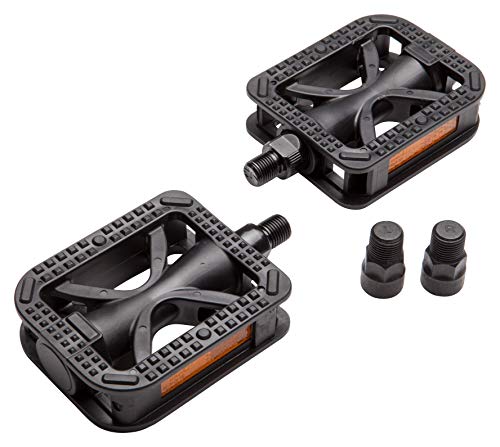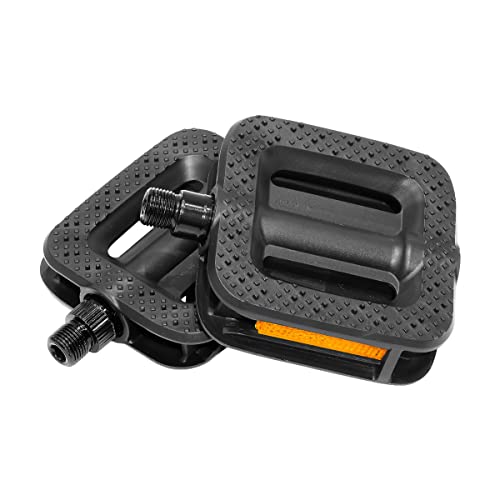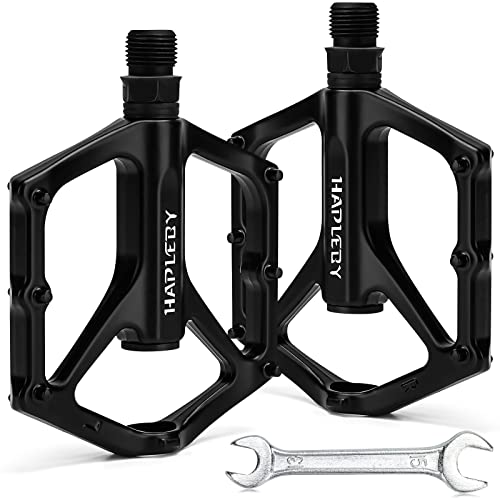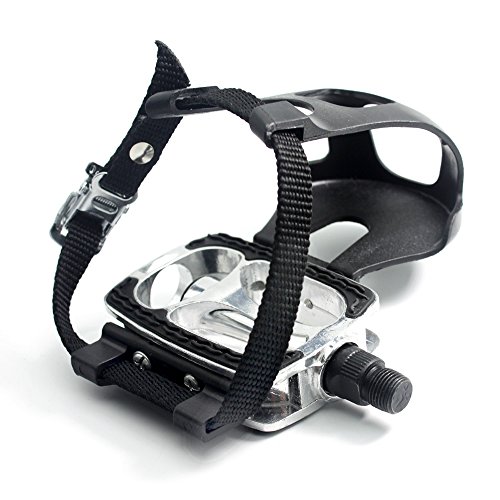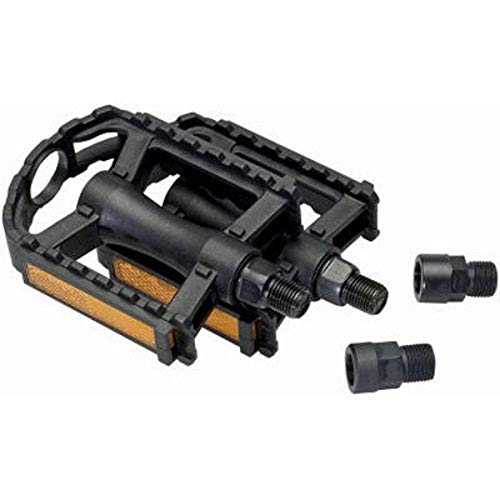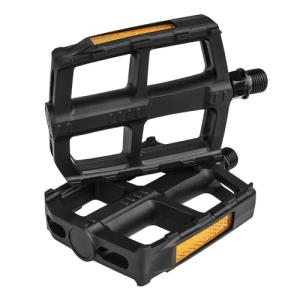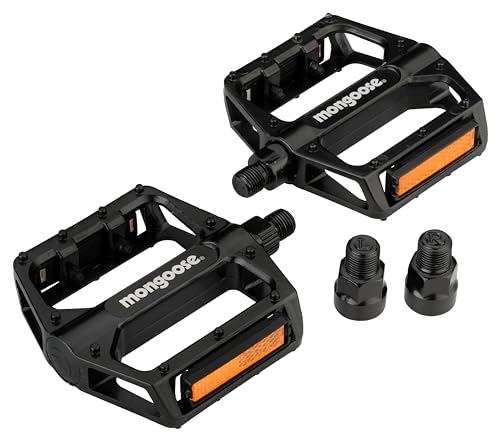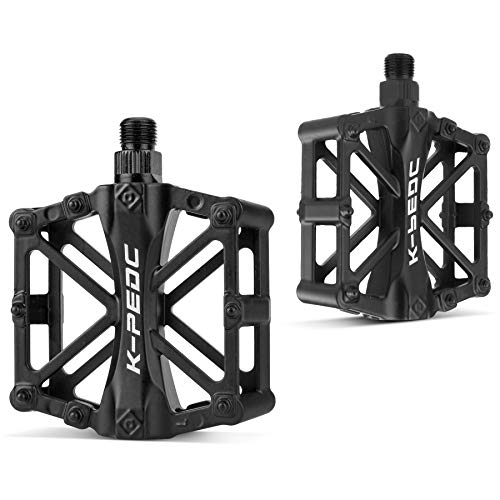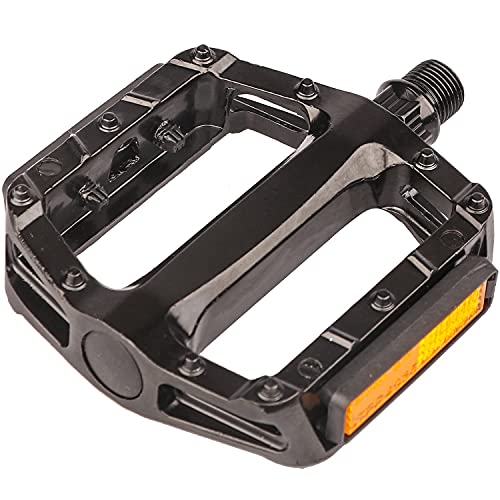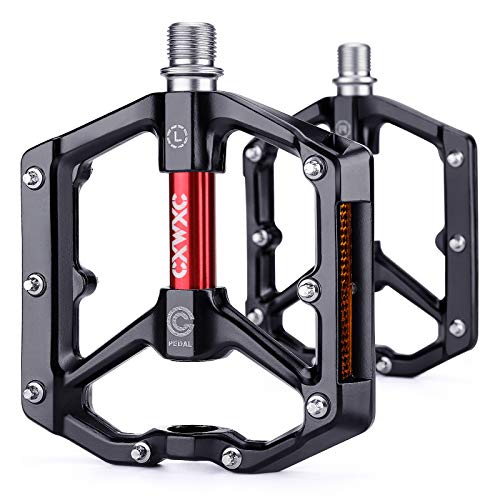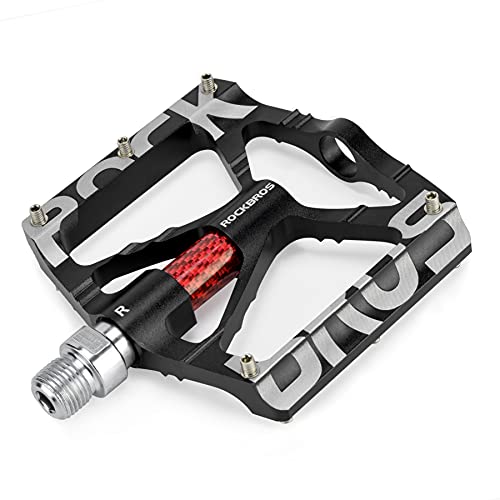Bicycle pedals are a crucial component of bicycles, acting as the interface between the cyclist's feet and the bike's drivetrain. They are mounted to the crankarms, which rotate the chainrings and ultimately drive the bike's chain, propelling the bicycle forward. Pedals come in a variety of designs to accommodate different types of cycling and rider preferences, including flat pedals, clipless pedals, and toe-clip pedals.
Flat pedals, also known as platform pedals, provide a large, flat area for riders to place their feet. These pedals are popular among casual cyclists, mountain bikers, and BMX riders due to their simplicity and the ease of quickly removing and placing feet on them.
Clipless pedals, contrary to what their name suggests, actually secure the rider's feet to the pedals through a cleat system. The cleats, attached to the sole of special cycling shoes, click into the pedal mechanism, offering a secure connection that optimizes power transfer and efficiency. These pedals are favored by road cyclists, gravel riders, and mountain bikers looking for improved performance and pedal efficiency.
Toe-clip pedals, or toe cages, are a middle ground between flat and clipless pedals. They feature a cage and strap system that secures the foot to the pedal, offering some of the benefits of clipless pedals, like improved power transfer, without the need for special shoes.
Bicycle pedals may also come with features such as adjustable tension, bearings for smooth rotation, and materials ranging from durable plastics to lightweight metals like aluminum and carbon fiber, catering to both recreational riders and competitive cyclists.
